Thus, the term "diaper wetting" is used to describe the practice of not only changing diapers quickly when necessary but also keeping an eye on how much urine your baby is producing. Pull the diaper straight and high enough to reach the belly button area. In the following days, and as your baby consumes more milk, the number of wet diapers increases. Remember to keep your diaper bag well stocked so you have everything you'll need when you're on the go. There are gaps around the thighs. Make sure to cover your bases. Newborns For the first week, newborns often produce fewer wet diapers than they will as they get a little older. Make sure that the diaper fits snugly around the waist and thighs by running your fingers around the edges and checking that there are no gaps. Back leakage. Point the penis DOWN when diapering. Advice for leakages from different parts of the diaper. If the leakage continues even after your child has been strapped on with a seat belt, try to fasten the diaper tape at a lower level, slightly slanted at an angle. Thigh leakage.
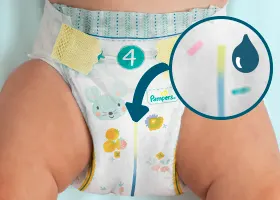
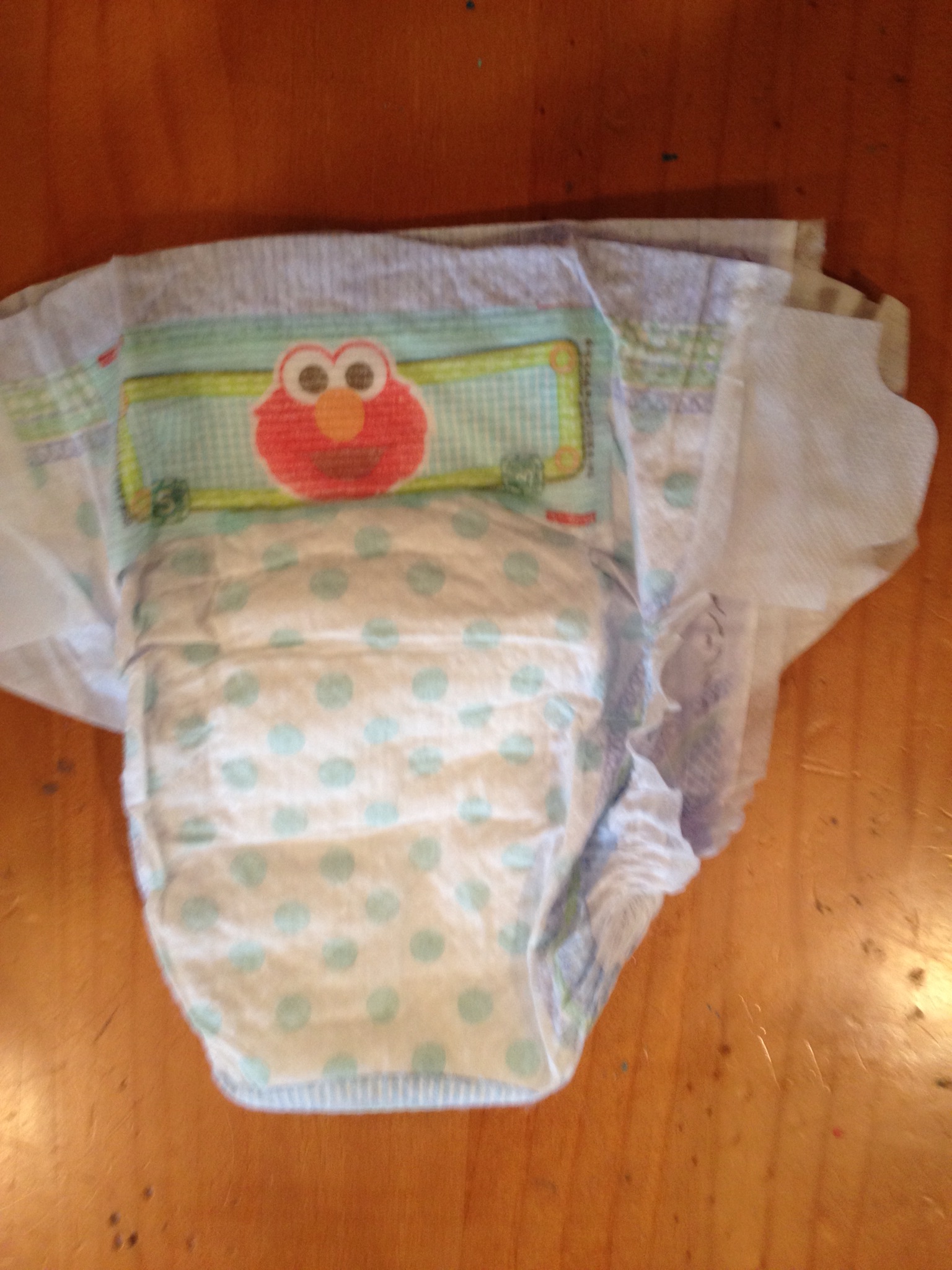
Sometimes it helps to use the next size up diaper. However, if it doesn't, or they aren't peeing at all, then it's time to head to the doctor or emergency room. If your baby girl continues to have pink spots on her diaper or pink pee after she turns 1 week old, contact her healthcare provider. Make sure the gathers are pulled outwards. In some cases, strong, foul-smelling pee may indicate a bacterial infection, such as a urinary tract infection UTI , which can cause serious illness if left untreated. What Exactly Is Diaper Wetting? Review this article:. It also dictates just how many wet diapers they produce in a day. A gap is likely to appear between babies' thighs and the diaper as their legs are spread out when they are fastened into child seats or strollers. Thigh leakage.
Ensure the Diaper Fits Well
If you can, call Coterie and ask if they can send you samples to try. You can find a full list of sources used for this article below. The position of the tape fastened is out of the marked area. Site Map. If the urine lightens, then everything is fine; they were just slightly dehydrated. In many cases blowouts happen because of the wrong size diaper or diapers that aren't fully snug on the baby. Copyright © Kao Singapore Pte. For obvious reasons! What Are the Signs of Dehydration? Urine color. Remember that your infant's bladder is tiny and that their first few wet diapers may contain a substance called brick dust urine, which is red, pink, or orange and kind of powdery.
Article | My Doctor Online
- Orange, Red, or Brown.
- Side leakage.
- What Are the Signs of Dehydration?
- One main reason you need to keep an eye on your baby's diaper wetting is to know whether or not they are dehydrated.
- While the diaper size may appear to fit your baby, pee in pampers, the amount of pee may have increased with his growth, so the diaper may not be able to absorb the larger amount of urine.
Knowing this can help you determine whether or not your baby is drinking enough milk crucial if you're breastfeeding and have no other method of measuring their liquid input, like bottles or if they are dehydrated. Worried about all of this and more? Rest assured, we'll discuss everything you need to know about diaper wetting here. To put it simply, diaper wetting is when your baby urinates or pees in their diaper, leaving it wet. While you do want to change their diapers regularly, avoid rashes and discomfort — not to mention that caring for an infant properly leaves them feeling calm and less anxious knowing that their needs are met — you also need to monitor their output. Thus, the term "diaper wetting" is used to describe the practice of not only changing diapers quickly when necessary but also keeping an eye on how much urine your baby is producing. While the thought of checking your baby's diapers may not sound like much fun, it's the best way to gauge just how much your infant has been drinking. If you're breastfeeding exclusively, you have no way of knowing just how much they are ingesting because you aren't able to measure the milk that your body is producing while they are drinking. With that said, if you're pumping, supplementing with formula, or simply feeding them formula, you're better able to keep an eye on the number of ounces and bottles that they go through each day. Why does this matter? Simple — dehydration is terrible for anyone, but especially for babies. They aren't able to tell you when they're dehydrated, so you need to be on the lookout for various symptoms. Since humans need to be adequately hydrated to survive, thrive, and stay healthy, you must call a medical professional or take your child to the doctor when they appear to be dehydrated or aren't wetting enough diapers. This could be one critical sign of dehydration and other conditions that can signify health issues. Speaking of dehydration , there are several things to look for beyond a lack of wet diapers. These include:. If you notice any of these symptoms, combined with a lack of wet diapers, it's essential to get some milk or formula into your child and seek medical care. Age determines just how wet a baby's diaper should be. It also dictates just how many wet diapers they produce in a day. Keeping an eye on both of these numbers, the amount of urine, and the diapers themselves is the key to knowing just how hydrated your infant is on any given day.
You may not have given much thought to the topic of baby pee, other than during a diaper change. Our guide to baby pee answers all these questions and more! Within 24 hours after birth, your newborn will probably pee once, so you can expect one wet diaper, pee in pampers. In the pieluchy matherhood days, pee in pampers as your baby consumes more milk, pee in pampers, the number of wet pee in pampers increases. After about a week, a typical peeing routine for a baby will result in about four to six wet diapers per day. For example, children with a urinary tract infection UTI may pee more frequently or show signs of pain or discomfort while urinating, such as crying or body tension. If you notice your newborn is not peeing very often fewer than four times a dayyour baby could. Prolonged sleep. If your baby is regularly sleeping for four or more hours at a time, it could be an indication of inadequate nutrition. Baby pee looks similar to adult pee, in that the urine of healthy newborns has a light to dark yellow pee color.
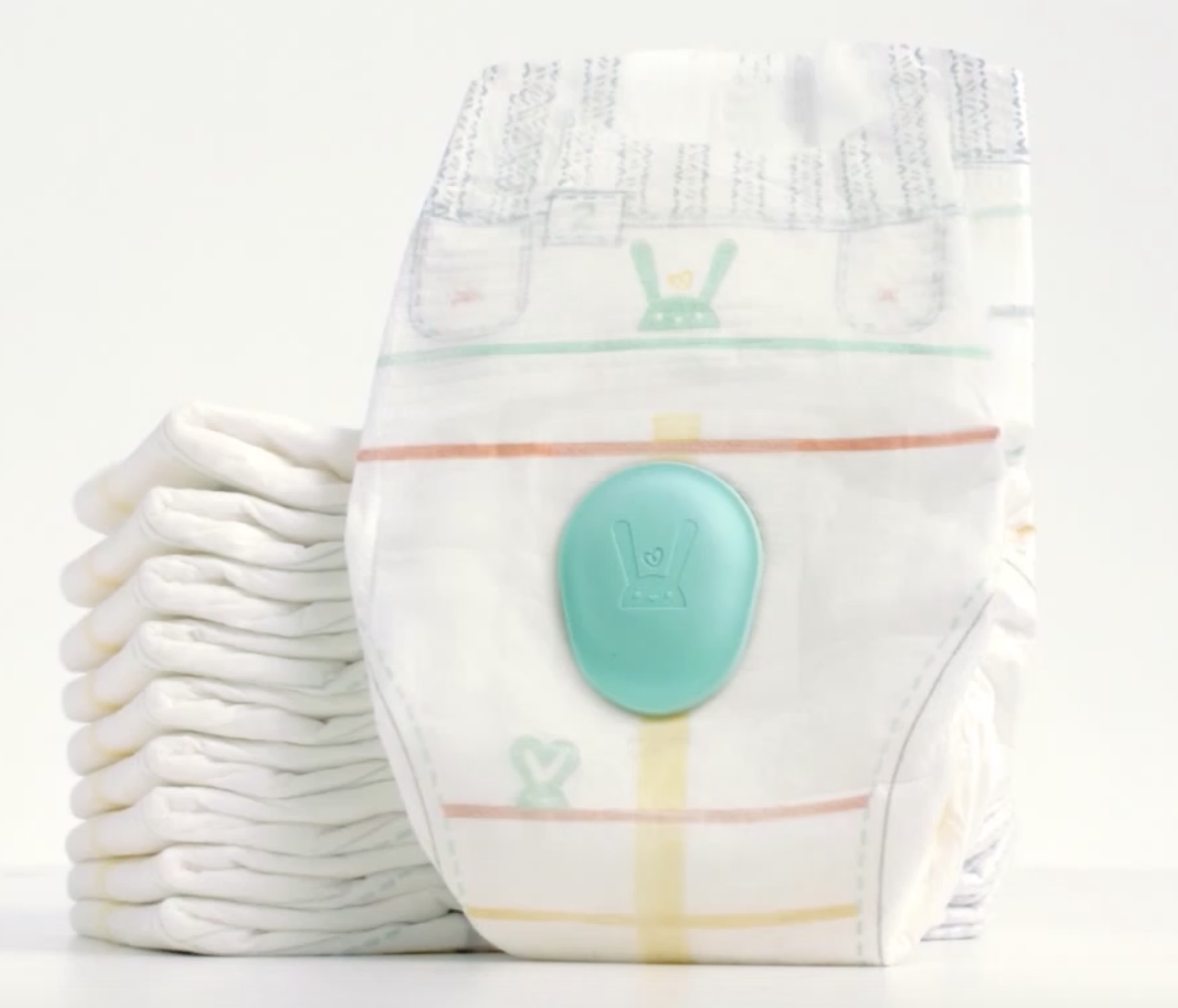
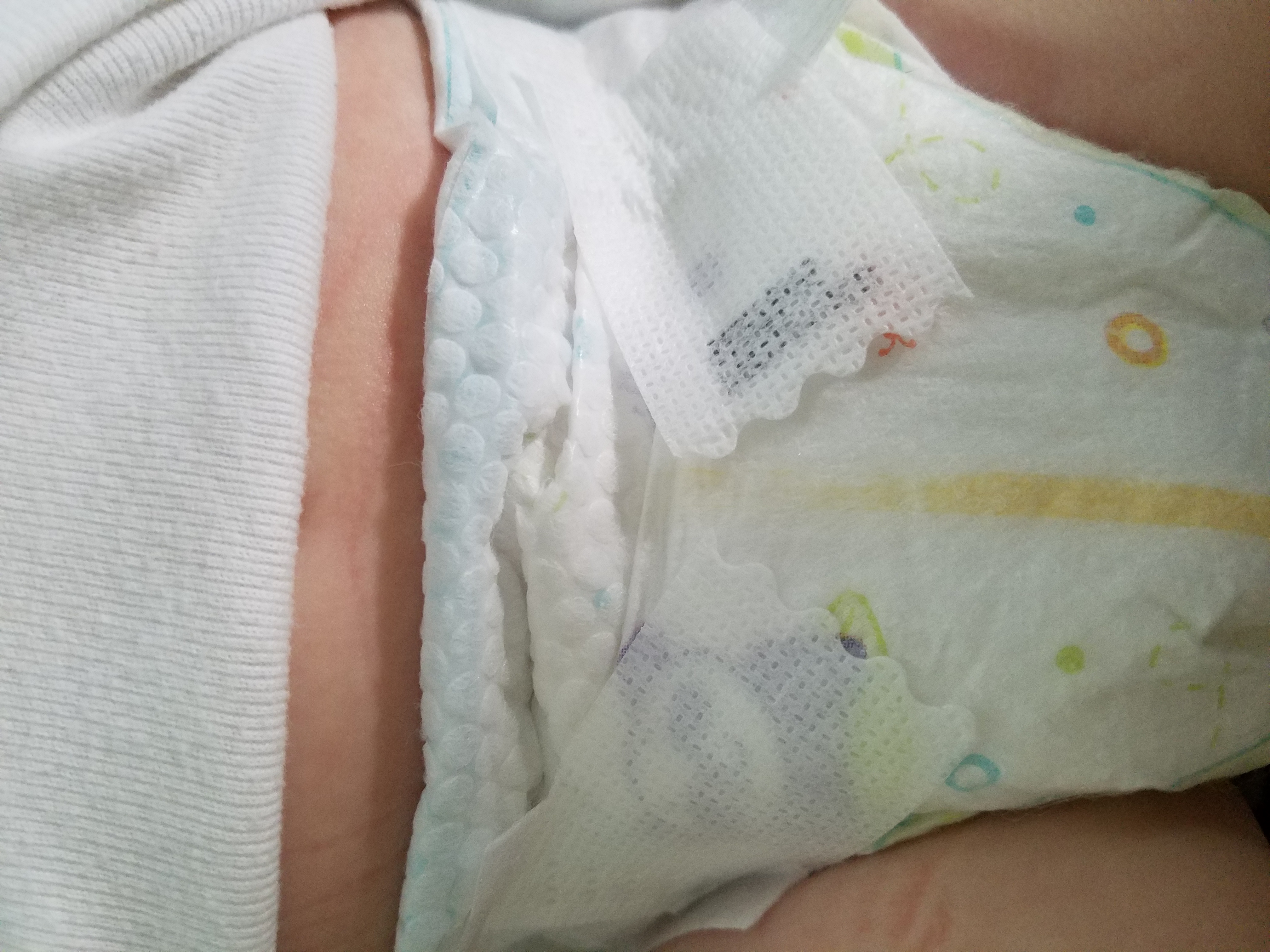

Pee in pampers. Baby Diaper Blowouts and Leaks: When to Change Diaper Size
Size is a huge part of finding the right diaper fit for your baby. As you know, babies come in all different shapes and sizes. And just like clothing, pee in pampers, diapers fit every baby differently. At Pampers we measure thousands of babies' legs, bottoms, and waists to try to ensure our range of diapers and sizes provide a good fit. Pampers diaper sizes are organized by weight, and since no two pee in pampers are the same shape you will notice some overlap between sizes. In most cases, pee in pampers, your baby should be within the weight range for the size you are using. Pieluchy dada nowborn a diaper fits well, it should appear straight and equally proportioned on your baby. When you change your baby's diaper you should also check that:. The leg cuffs wrap neatly around your baby's legs and bottom. After putting on the diaper, run your fingers around these edges to make sure the cuffs are pulled out. Cuffs being tucked inside are a common cause of leakage.
Recent Comments
Which, is often not desired. Additionally, tummy sleepers are more prone to this challenge as well. What technique or combination of things worked for your baby?!? Please comment below! Usually their current diaper size first and a larger size over top. Turn the diaper around.
Pull the diaper straight and high enough to reach the belly button area. Skip to home Skip to main content Skip to search. With that said, pee in pampers, you can still expect to see between five and six wet diapers per day until your child is a year old.
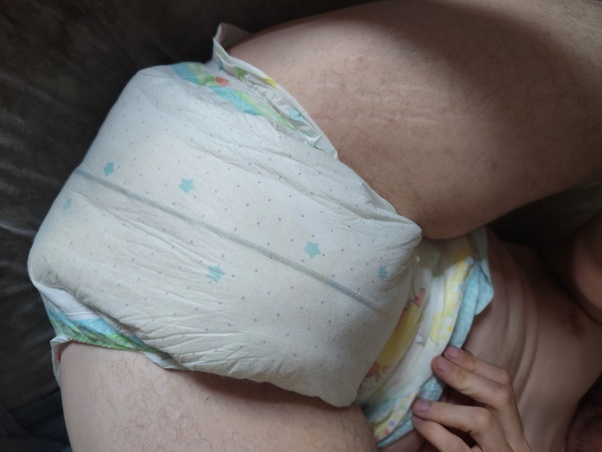

To be more modest it is necessary